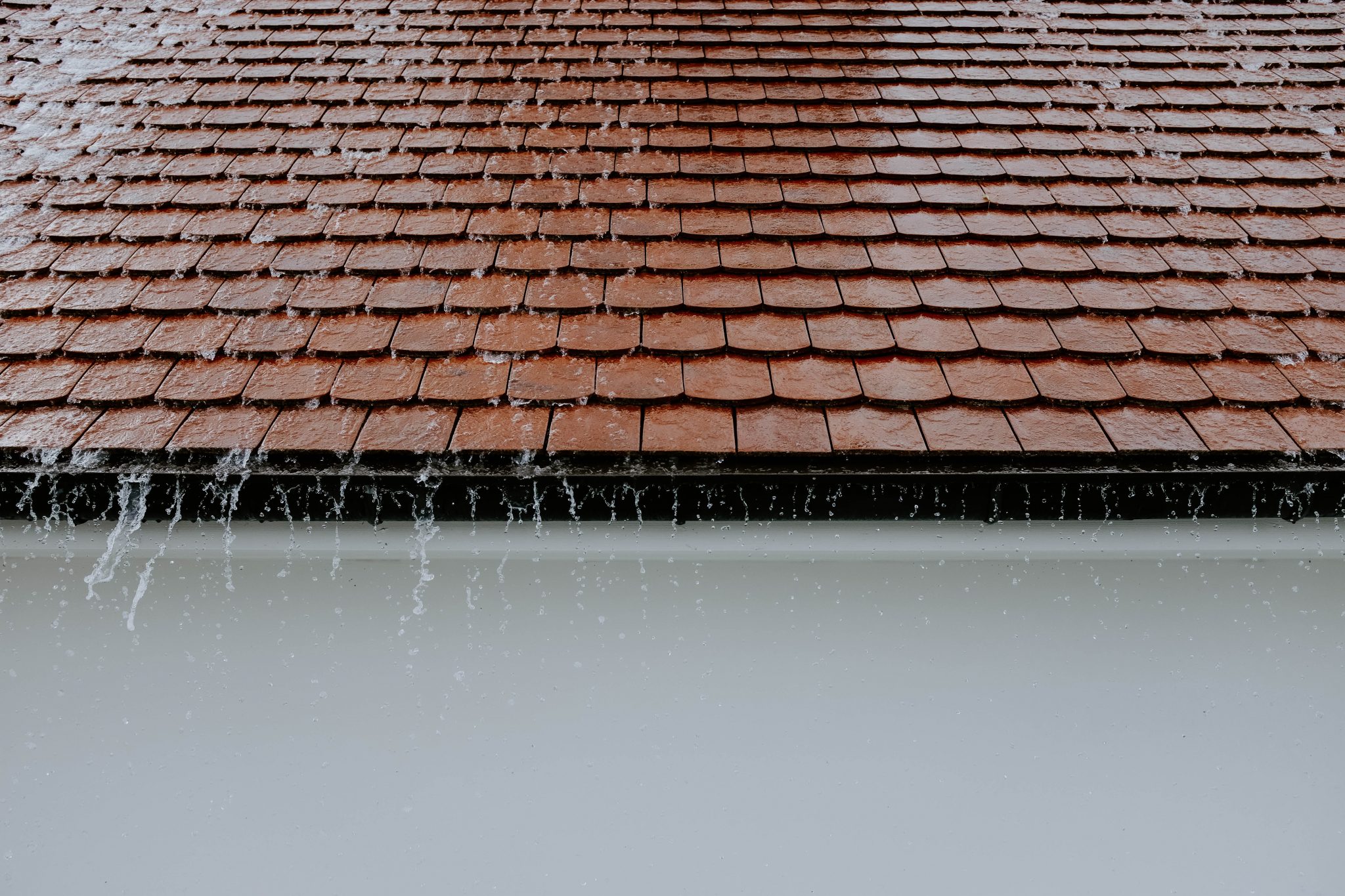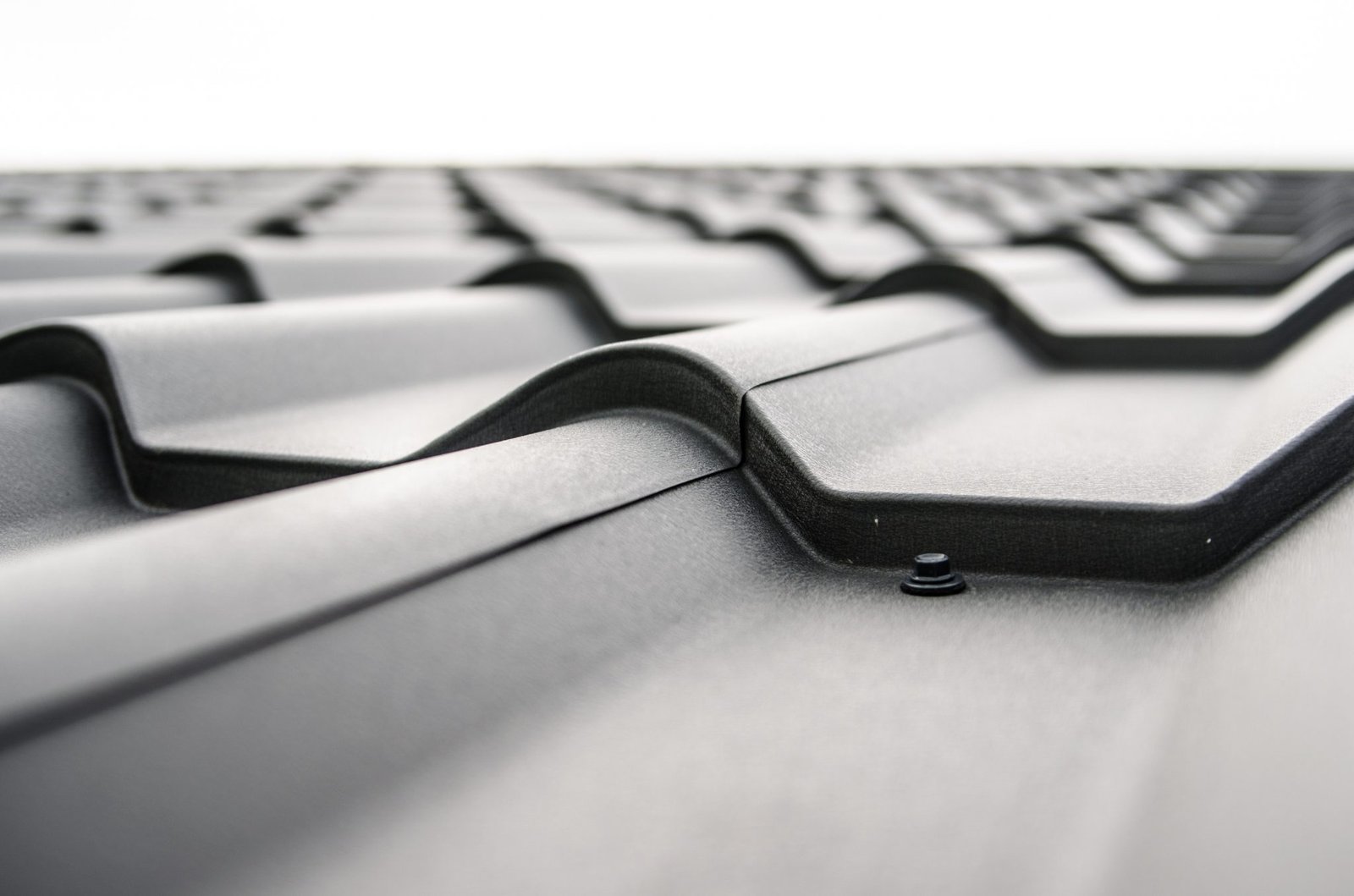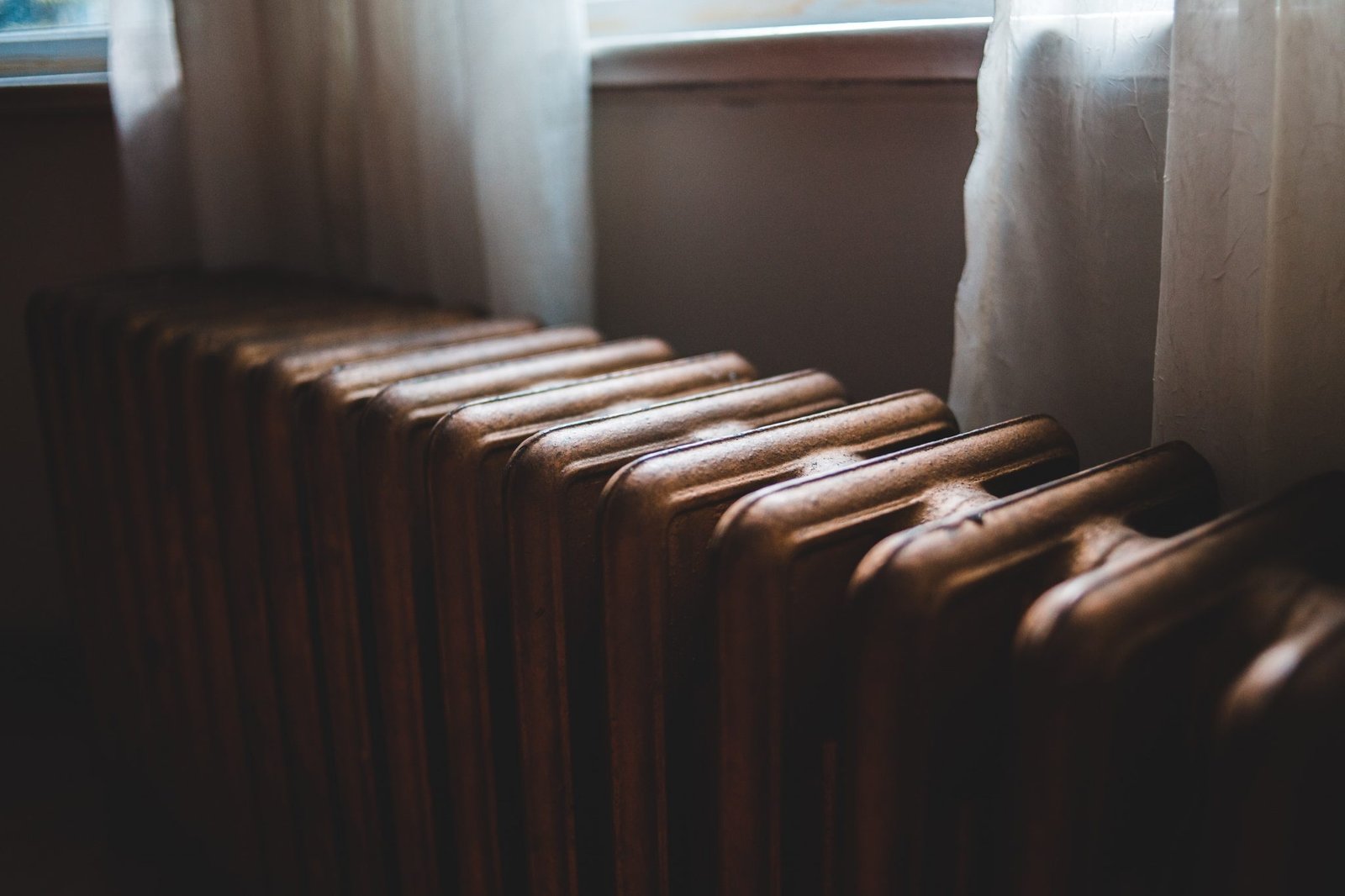Your roof is obviously an essential part of your home, as it provides protection as well as comfort to you and your family.
Aside from that, having a good roof saves you from the high cost of energy bills by providing optimum energy efficiency. It also affects the value of your home as well as its curb appeal.

As time passes by, your roof will be susceptible to various damages due to the constant exposure to the elements, so it is important to have it checked regularly.
Need to fix your roof but don’t know where to start? Check our quick guide below.
Finding Roof Leaks
To fix a leaky roof, you first need to identify where the leak is coming from. The best way to find the exact spots where repair is needed is by checking for wet areas in your attic on a rainy day. On the other hand, if you don’t have an attic, you can try checking other areas in your house where leaks may be present.
These leaks are commonly found around shingles, vent boots, flashings, gutters, and downspouts, as well as dormer valleys. On a clear day, it is also wise to pour water over your roof so you can easily spot the problem areas.

Know When to Contact Professional Services
Now that you have identified your problem areas, it’s time to assess whether professional services are needed or not. Before you proceed with fixing the roof on your own, it is best to consider several factors first, including your time, knowledge, skills, and the complexity of the problem areas. Expert roofers from trusted-roofing.com highlight the importance of weighing your options when it comes to deciding between replacement and repair. Some roof conditions can be more expensive to repair than replace, so it would be wise to talk to a professional who can assess which option would fit your needs best.
Quick Fix for Roof Leaks
If you have identified the source of the leaks and you need an immediate fix, slipping in a galvanized sheet metal flashing would do the trick. To place the sheet, lift the damaged shingle and insert the sheet metal flashing to cover the hole.

Adding roofing cement may also be necessary to secure your roof from leaks. You may also use caulk to seal the minor holes on your roof. However, keep in mind that this is just a temporary fix, and it is still best to consult a professional to address the solution permanently.
Repairing Clay Roof Tiles
If your home has clay roof tiles, repairs typically require replacement of each damaged tile. To get the broken clay tile, slide a wooden wedge underneath it and lift. It is important to be gentle when removing the broken tile so that you will not damage those that are in good condition. Next, is to hammer a right-sized tile clip so you can attach the replacement tile. Lastly, slide the replacement tile onto the clip.
Caulking Roof Flashing
Caulking is a regular part of your home maintenance routine. Over time, sealants you have applied may have worn out, so it is best to check these areas regularly, from time to time. Once the sealant ages or if you notice any cracks, make sure to reapply a new sealant.
It is important for you to also remove the materials around the old sealant temporarily before reapplying it. Remember also to use the right material when caulking. Acrylic caulking typically shrinks and cracks easily, so it’s best to stay away from this and opt for silicone or urethane caulking instead.

Safety When Fixing Roof
Minor roof repairs and replacements can be done easily. However, it is still important to ensure your safety when you are trying to fix your roof. Slips and falls may happen at any time, so make sure that you apply the best practices for ensuring roof safety. To minimize risks of injuries and accidents, always wear appropriate footwear and, as much as possible, avoid working on a wet roof. It is also necessary to set up your ladder properly and securely. More importantly, know your body’s limits and never attempt to lift or carry more than what your body is capable of. If the task still feels overwhelming or risky, it’s always a good idea to call in professional roofing repair companies to handle the job. After all, your safety is worth it!
Making sure your roof is in optimal condition is very critical for your home’s security and comfort. When doing minor fixes and replacements on your own, make sure to always apply the best practices for roof safety. Ultimately, it is best to contact a professional for a long-term and permanent solution to your roofing problems.






